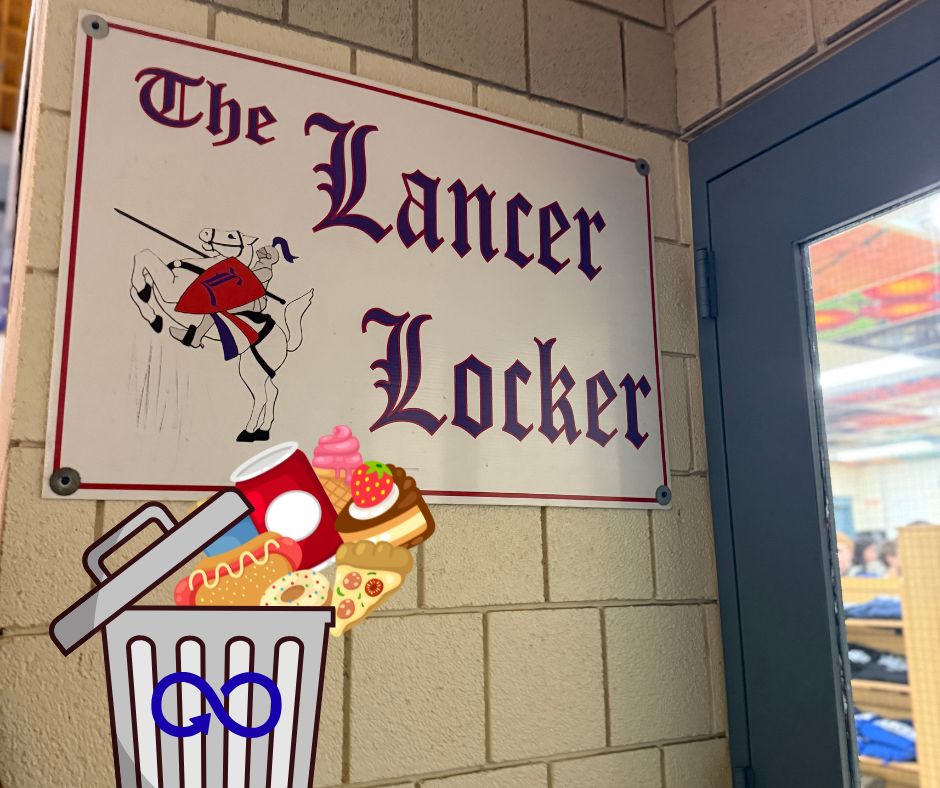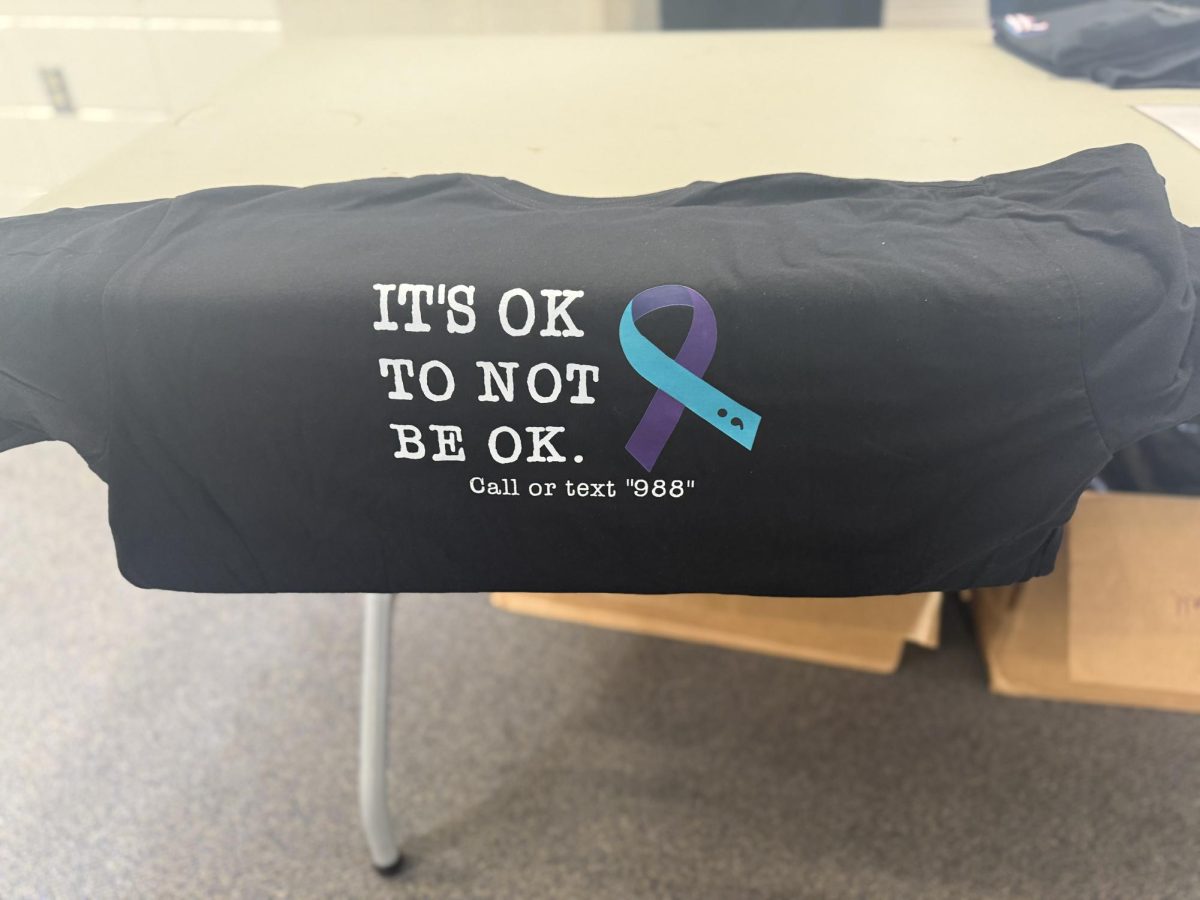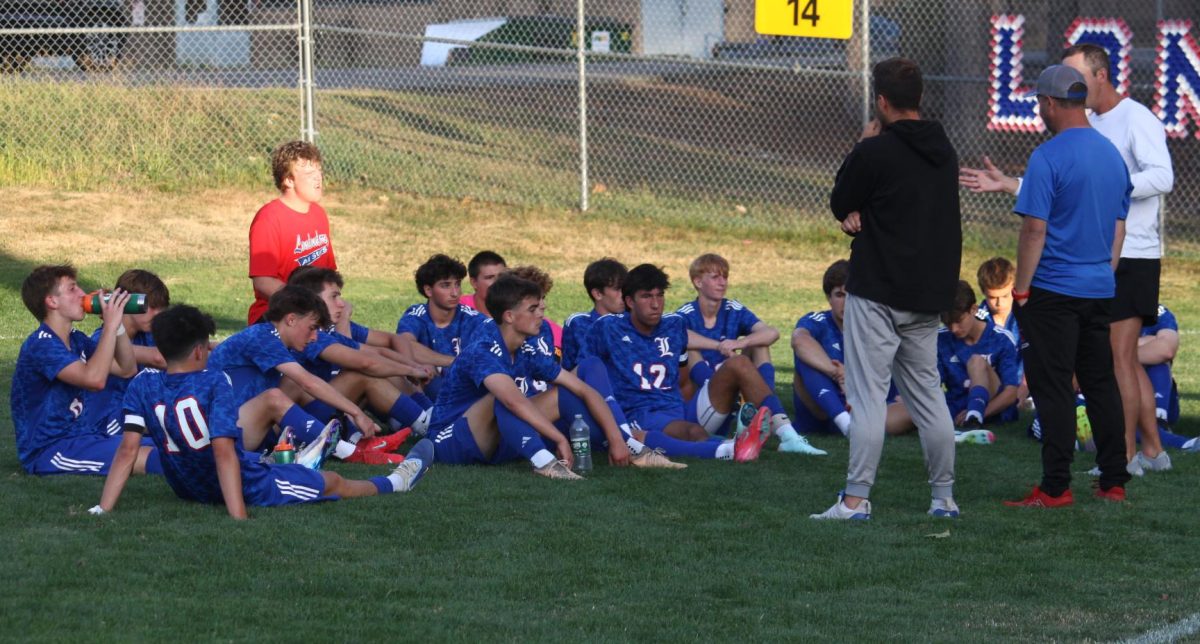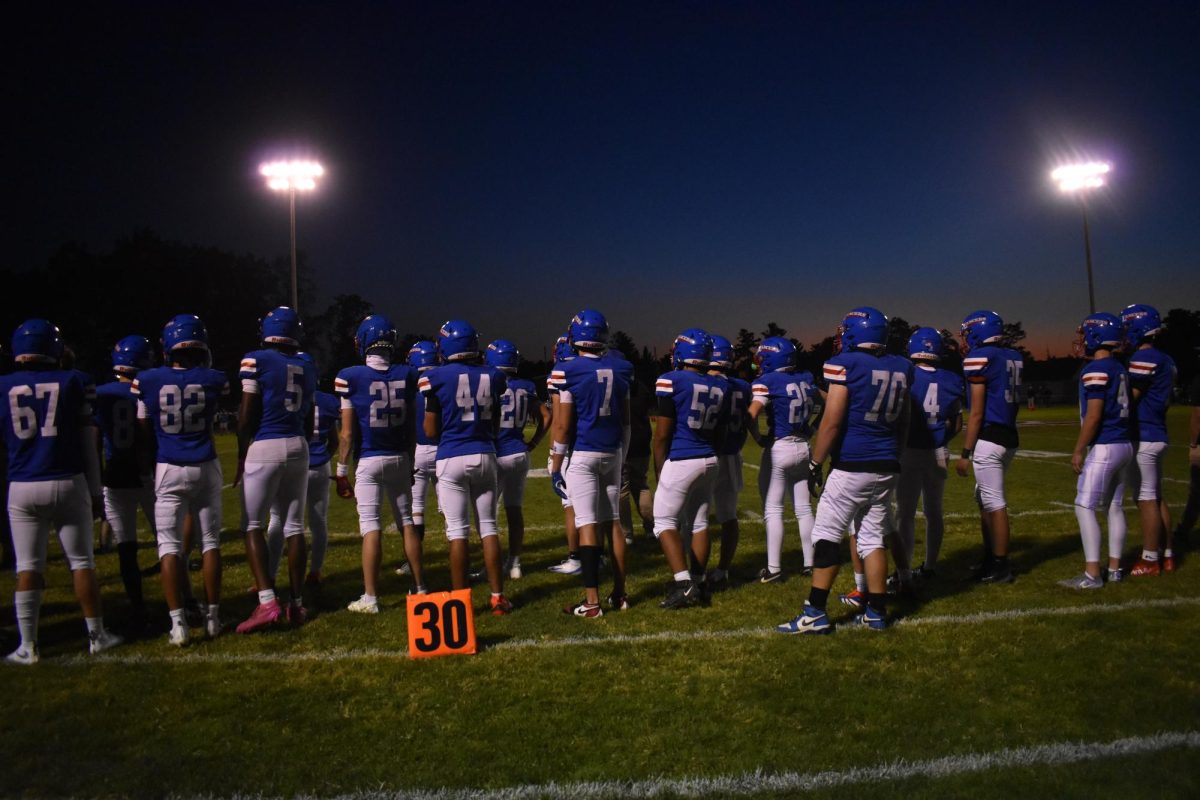Due to a finalized federal rule called the Child Nutrition Program: Meal Patterns Consistent with the 2020–2025 Dietary Guidelines for Americans, schools across America have had to change a handful of food items that they sell.
According to the regulation, “while this rulemaking takes effect in the school year 2024-2025, the Department is gradually phasing in required changes over time. Program operators are not required to make any changes to their menus as a result of this rulemaking until school year 2025-2026 at the earliest.”
The United States Department of Agriculture and the Food and Nutrition Service have been working closely together since this rule was proposed in 2023. Modifications have been made since based on public input. These modifications now determine the specific nutritional facts of food that are eligible for sale. One place at LHS that has been affected by this rule is the school store.
Business teacher Scott Greene has been advising the Lancer Locker since 2007. Greene does not fear having to “turn a profit” in the school store, but he is well aware that problems may arise.
“I can still make money,” Greene said. “It’s just going to be significantly less. I may not have as much money at the end of the year to give away for scholarships and for the clothing that we have in there, because I obviously have to look at things a little closer when it comes to the budget.”
Not only is it a new adjustment for Greene to comply with, but he is also working with the Smart Snacks in Schools Product Calculator controlled by the U.S. Department of Agriculture, which determines what products he can sell in his store.
“I just take the nutritional information from the back or the front label and put it through the calculator,” Greene said. “If it complies, great, but if it doesn’t, then I can’t sell it.”
Working with the law, Greene will order products in small amounts to figure out what the Lancer Locker would be able to put on the shelves.
“If [items] sell, I’ll bring them back. If they don’t, I’ll find something different,” Greene said. “It’s going to be a process.”
Senior Oliver Dyess has D and F off periods, and often visits the school store to purchase cookies. During lunch periods, lunch monitors also often send groups of students down to the school store, and Dyess said he has “never seen so little attraction” to the cookie counter.
“During my D period lunch, there were maybe 25 people who went to the school store and barely any bought cookies,” Dyess said. “I have never seen that before. I saw more people throw them away.”
Dyess, too, tried these cookies, learned that he had little appetite for them, and wished they had been notified in advance before a new brand had been sold at the store.
“I didn’t see anything in emails about it at all,” Dyess said. “I wish that they had told us.”
Greene said even though he must follow these new guidelines, he is a true believer that the student body can “go up against” the law to petition for change in schools’ dietary menus. Greene said he hopes by the end of the year, “we’re telling a different story.”
“There’s nothing I can do because I’m complying with the law,” Greene said. “If there are people outside of me who get involved with this and complain, have issues with it, could it perhaps change? Only time will tell.”

















